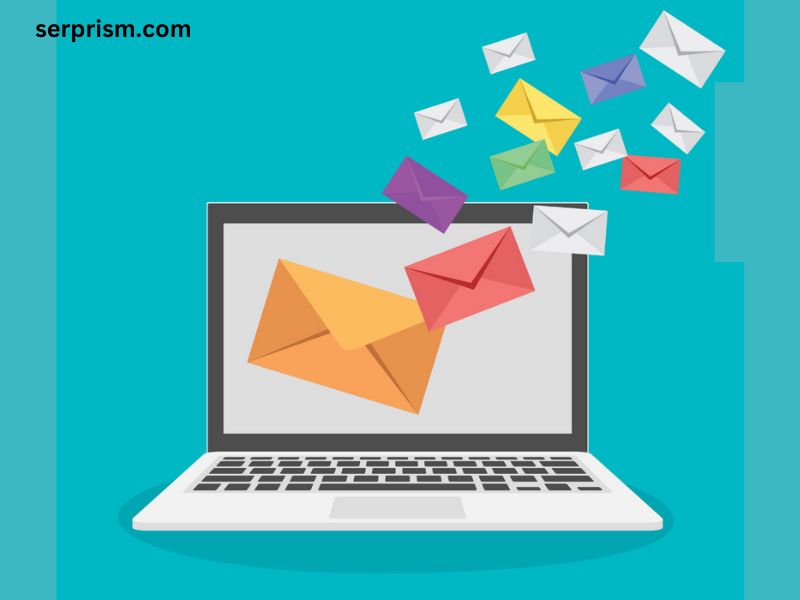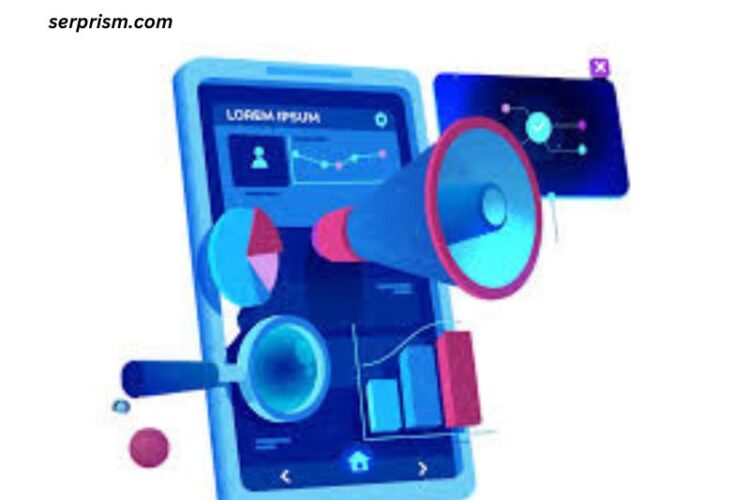
In the fast-paced world of digital marketing, email remains a crucial tool for businesses aiming to connect with customers, generate leads, and drive sales. Among the myriad types of marketing emails, inquiry emails stand out as a key method for engaging potential customers and addressing their specific needs. This article explores the different types of marketing emails designed for inquiries, how to craft them effectively, and best practices for optimizing engagement.
What Are Inquiry Emails?
Inquiry emails are messages sent to potential or existing customers that invite questions or provide information on products and services. These emails serve various purposes, including:
- Generating leads by encouraging recipients to express interest in a product or service.
- Providing information in response to customer inquiries.
- Nurturing relationships by maintaining contact with leads over time.
Why Inquiry Emails Matter
Inquiry emails are critical in guiding potential customers through the buying process. They help businesses establish credibility, address concerns, and provide personalized support. By facilitating two-way communication, inquiry emails can significantly enhance customer experience and satisfaction.
Types of Inquiry Emails
1. Welcome Emails
Purpose: The initial touchpoint for new subscribers, welcome emails set the tone for the relationship.
Content: A typical welcome email might include a thank-you message, an overview of what the subscriber can expect, and links to popular products or services.
Best Practices:
- Personalize the email with the recipient’s name.
- Include a clear call-to-action (CTA) encouraging further engagement, such as visiting the website or following social media accounts.
2. Follow-Up Inquiry Emails
Purpose: Sent after a potential customer shows interest (e.g., by signing up for a newsletter or downloading a resource), these emails encourage further interaction.
Content: Follow-up emails should acknowledge the recipient’s interest, provide additional information, and pose open-ended questions to encourage a response.
Best Practices:
- Keep the tone friendly and conversational.
- Use segmentation to tailor content to specific interests indicated by the recipient.
3. Product Inquiry Emails
Purpose: These emails are designed to provide information about specific products or services when a potential customer has expressed interest.
Content: Include product details, benefits, pricing, and links to relevant resources such as case studies or testimonials.
Best Practices:
- Use high-quality images and engaging descriptions.
- Highlight any promotions or special offers.
4. Inquiry Response Emails
Purpose: When customers reach out with specific questions, response emails address their inquiries directly.
Content: Provide clear and concise answers, additional resources, and an invitation for further questions.
Best Practices:
- Respond promptly to enhance customer satisfaction.
- Use a professional yet friendly tone.
5. Nurture Emails
Purpose: Nurture emails aim to keep leads engaged over time, providing valuable information and resources that encourage them to consider making a purchase.
Content: Share blog posts, webinars, industry news, or tips that align with the recipient’s interests.
Best Practices:
- Maintain a consistent schedule for sending nurture emails.
- Personalize content based on the recipient’s previous interactions.
6. Feedback Inquiry Emails
Purpose: These emails request feedback from customers regarding their experiences with products or services.
Content: Ask specific questions about their experience and provide a platform (like a survey) for responses.
Best Practices:
- Keep the survey short to encourage participation.
- Offer an incentive (e.g., a discount) for completing the survey.
7. Re-Engagement Emails
Purpose: Sent to inactive subscribers, re-engagement emails aim to rekindle interest and encourage recipients to interact with the brand again.
Content: Include a compelling subject line, a recap of what the recipient has missed, and a clear CTA inviting them back.
Best Practices:
- Use A/B testing to determine which messages resonate most.
- Consider offering a special incentive to entice re-engagement.
8. Event Inquiry Emails
Purpose: These emails promote upcoming events (like webinars or workshops) and invite recipients to participate or ask questions.
Content: Provide details about the event, including date, time, agenda, and speakers, along with a registration link.
Best Practices:
- Create urgency by highlighting limited availability.
- Follow up with reminders as the event date approaches.
9. Customer Service Inquiry Emails
Purpose: These emails are sent in response to customer service inquiries, addressing issues or providing information.
Content: Address the customer’s concerns, provide a solution, and include contact information for further assistance.
Best Practices:
- Ensure the response is empathetic and helpful.
- Follow up to confirm the issue has been resolved to the customer’s satisfaction.
10. Referral Inquiry Emails
Purpose: These emails ask satisfied customers to refer friends or colleagues, capitalizing on word-of-mouth marketing.
Content: Explain the benefits of your product or service and provide an easy way to share a referral link.
Best Practices:
- Offer incentives for successful referrals, such as discounts or rewards.
- Make the referral process straightforward and clear.
Crafting Effective Inquiry Emails
1. Subject Lines
The subject line is the first thing recipients see and plays a critical role in whether they open your email. Keep it concise, relevant, and enticing. Use action verbs and personalize where possible.
2. Personalization
Personalizing emails based on customer data can significantly improve engagement rates. Use the recipient’s name and tailor content to their preferences or previous interactions.
3. Clear and Compelling CTAs
Every inquiry email should have a clear call-to-action. Whether you want the recipient to reply, click a link, or make a purchase, make sure your CTA stands out and is easy to understand.
4. Mobile Optimization
With a growing number of users accessing emails on mobile devices, ensure your emails are mobile-friendly. Use responsive design, concise text, and easily clickable buttons.
5. Testing and Analytics
Continuously test different elements of your emails (such as subject lines, content, and CTAs) to see what resonates best with your audience. Use analytics to track open rates, click-through rates, and conversions.
Best Practices for Inquiry Emails
- Be Prompt: Timely responses to inquiries show that you value customer engagement.
- Maintain a Professional Tone: While being friendly is important, ensure your emails remain professional and reflect your brand’s voice.
- Follow Up: Don’t hesitate to send follow-up emails if you don’t receive a response, as people may overlook or forget your initial message.
- Segment Your Audience: Tailor your emails based on customer segments to ensure relevance and increase engagement.
- Respect Privacy: Ensure compliance with privacy regulations (like GDPR) and respect customers’ preferences regarding communication.
Conclusion
Inquiry emails play a vital role in the customer journey, helping businesses nurture leads, provide valuable information, and build lasting relationships. By understanding the different types of inquiry emails and employing best practices in their design and execution, businesses can significantly enhance their marketing efforts and drive better results. As you craft your next inquiry email campaign, remember that effective communication and personalization are key to engaging your audience and fostering long-term loyalty.




